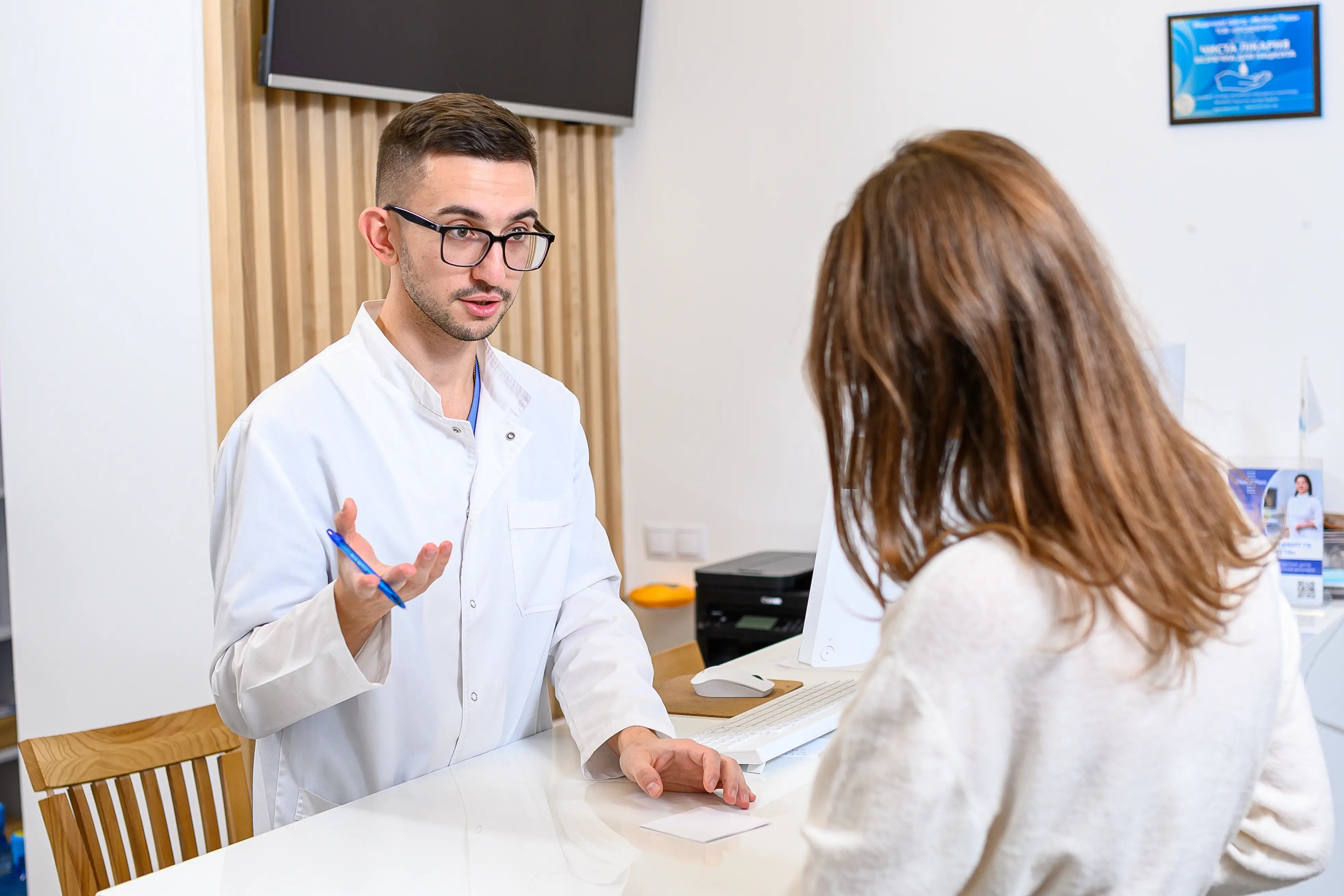IVF pitfalls and ways to overcome them

According to the WHO, infertility affects about 17.5% of people in the world, meaning that every sixth person has a fertility problem, regardless of gender. In vitro fertilization (IVF) is one of the modern reproductive technologies that allows artificially fertilizing an oocyte and tracking the process of embryo division. But even such a modern technology does not give a guaranteed result.
According to the Centers for Disease Control and Prevention (CDC), 368,502 IVF cycles were performed in the United States in 2021, after which 89,208 children were born, which is only 24.2%. These data do not mean that only one IVF program is used per person/couple to give birth to a healthy child – sometimes two, three, or even more are needed. The effectiveness of the first cycle is about 33%, increasing with each subsequent cycle, because the use of assisted reproductive technologies is a kind of treatment and diagnostic program that reveals many new factors of infertility in the process of its implementation.
Why, then, given its cost and technology, is one program enough for someone, while others need several cycles of treatment?
IVF is an equation with many variables, including: age, the main cause of infertility, concomitant pathologies, epigenetic influence, genetic diseases, psychological health, unknown factors that are subject to further study.
Another important obstacle to a successful pregnancy is the genetic health of the embryo. Today, it is possible to conduct genetic testing by sequencing 24 chromosomes of embryo cells (NGS method), which allows you to reject the transfer of an embryo with chromosomal abnormalities and exclude the possibility of a deliberately negative result of the program. In the age group over 39 years, the percentage of embryos with chromosomal aberrations, including trisomy 21 (Down syndrome), increases significantly. That is why for couples over 40 years old, the cornerstone of the program is obtaining a genetically healthy embryo from their own germ cells.
Patients 40+ can go through a number of unsuccessful programs not only due to the extremely low yield of eggs obtained during stimulation, but also because the resulting embryos over and over again have significant genetic abnormalities.
How many cycles does it take to finally get a healthy embryo?
According to the CDC, in 2020, this probability was 8.2% in one cycle. There is no exact answer, and time always plays against the patient, especially in the context of age and psychological readiness to continue treatment.
Three or more failed cycles are considered an indication for the use of donor germ cells: oocytes or sperm. The topic of using donor biomaterial is stigmatized and morally and ethically unacceptable in most cases. And although we, as doctors, must be objective and sensitive in such matters, the result of such programs speaks for itself — the program's effectiveness is more than 70%.
The next critical stage of the treatment program is embryo implantation. If all the rules for preparing the uterus for transfer (embryo transfer) are followed, including genetic testing of the embryo and rejection of those with chromosomal abnormalities, implantation of the embryo does not always occur. Depending on the preparation, age of the patient and the quality of the embryo, this figure can reach 50-60%. This becomes a powerful psychological problem for patients because without proper educational work on the part of the staff, people "give up", considering the first failure fatal.
So, among the most common problems in the IVF program are: ineffective attempts, the use of donor germ cells, and the lack of embryo implantation. I would like to highlight the problem of predicting results. At present, it is approximate and does not allow the doctor to make reliable predictions, especially regarding the success of implantation, where there are still so many questions that sometimes the answers to them are in the metaphysical plane.
Among the tools to solve the above obstacles in the future, hopes are placed on the following:
1. Genetic editing (CRISPR-Cas9) is an existing technology that allows editing genes responsible for diseases and conditions. Potentially, it will be possible to use embryos themselves as a target to prevent the development of hereditary diseases. Today, editing the genome of human embryos is prohibited worldwide.
2. Technologies for egg rejuvenation, such as mitochondrial replacement, i.e. the transfer of healthy mitochondria into a patient's egg to increase the chances of such a cell to ensure the development of a healthy embryo. This is especially important in the 40+ age group, when, due to mitochondrial defects, the egg is not provided with the resources to reach the required maturity, and the issue of using donor oocytes arises. Mitochondrial replacement could give such patients a chance to carry a genetically related child. IVG (in vitro gametogenesis) is the creation of eggs and sperm from one's own stem cells, which is especially important in the above cases and in the case of severe male factor (cryptospermia/azoospermia), when the patient's sperm contains single or no spermatozoa at all. With the use of such technology, surgical interventions to obtain germ cells would become unnecessary because the entire IVF program could be provided from a stem cell sample.
4. Organ-chip technology and 3D tissue printing. Detailed observation of the endometrium and the study of molecular mechanisms during embryo implantation using nanotechnology would provide answers to the sacred question of pregnancy. In addition, the study of conditions in the uterine cavity will bring humanity closer to the creation of an "artificial uterus", which may eliminate the need to use human resources (surrogacy, etc.) for gestation in the case of women with contraindications or lack of their own uterus.
5. Cryopreservation of ovarian tissue, with the availability of technologies for the isolation of eggs from it, would be an answer for women undergoing treatment for cancer or other serious diseases that affect fertility. Currently, the method is limited by the fact that to isolate eggs from a preserved ovary, unique conditions must be created, which humanity has not yet learned how to do. The same applies to the preservation of male testicular tissue.
6. Finding out all the causes, mechanisms of development, and treatment of chronic endometritis will significantly improve the effectiveness of embryo transfers, as chronic endometritis is the main cause of implantation failures today. AI. Artificial intelligence will help predict not only the success of implantation, but also optimize treatment protocols, analyze embryos, etc.
Thus, IVF methods, with all their advantages, require a lot of study and improvement with the progress of scientific and technological progress. Despite the fact that these technologies are still unavailable or unacceptable for many couples suffering from infertility, this does not diminish their importance and effectiveness for the millions who have already used them since 1978. More than 8 million children have been born through IVF since then, demonstrating its significant impact and promise.











